Budapest: The City That Doesn’t Care
Like Vienna, Budapest is an expansive city with an indiscernible historical center, so seeing all the highlights means a lot of walking. And I walked my ass off today.
Frank and I started our day by heading into the Soviet Bloc subway and going to the Great Market Hall, a huge indoor marketplace on the south side of the city.
The place is an enormous warehouse, with each hawker selling mostly the same stuff as the guy next to him. On the ground floor, it’s just meat and fruit stands. On the second floor, it’s purses, clothes, and toys.
Then off to walk around a bit on my own. For a Budapest highlight, souvenir-filled Váci Street is remarkably unremarkable. Lots of postcards, ugly t-shirts, and chain retail outlets. Saint Michael’s Church was a nice stop, though. I poked my head in for a quick peek.
Behind St. Stephen’s Basilica, a bus of elderly American tourists emptied in front of me. At the back of the group, the fattest one tripped over her own feet and landed on her face. Bleeding and in pain, a few people tried to get her up, but she was simply too fat. I stepped in and got her back on her feet. Though tempted, I did not ask her to pose for a picture with me.
St. Stephen was the first King of Hungary. His right hand was cut from his corpse after his death in 1038 and is preserved in a little glass case.
From there, a walk down Andrássy Avenue. Long and wide, Andrássy is a poor man’s Champs-Élysées, with plain-looking trees and residences and shops and museums lining both sides.
At the end of Andrássy, I found the Millennium Memorial and the quaint Vajdahunyad Castle inside a giant green space named City Park. Why do so many places in foreign countries have boring, generic names? Surely, there are great people in world history to name them after.
Like Montreal, a heterogeneous mix of cultures makes Budapest unique. A strange combination of Slavic, Russian, and Polish confuses the architecture and the signage and the language and the look of the people.
But instead of a celebration of this history and culture, I get a different vibe. It’s feels like the people of Budapest have let their city go, content with slow and miserable urban decay. There doesn’t seem to be much interest in preserving or restoring anything. Litter and graffiti everywhere. Random wafts of sewage strike your nose as you walk the main thoroughfares. Street and train signage are missing. Soviet Bloc subway stations and trains are ugly and out-of-date. Elderly people walk around with expressions ranging from forlorn to defeated. Younger people out at night are a bit more lively, but not much. To make things even more morose, there seem to be a large number of people with heavily bandaged arms and legs. Everyone in Budapest smokes, just like the rest of Europe, but here, it seems to be the only thing people take pleasure in. The city and it’s people don’t seem to have anything to live for.
Wandering though City Park, I stumbled upon some thermal pools at Széchenyi Thermal Bath, which it turns out has the largest Roman baths in Europe.
While exploring the impressive building at the entrance, an attractive young woman approached me and asked if I was interested in a massage. Thoroughly exhausted and drenched from a long day of walking, I decided to splurge for a body/foot combo. Before the massage, I had some time to kill, so I floated around in various hot and warm pools.
I went upstairs for my scheduled massage. I always thought that unless a special request was made, men are given women masseuses and women are given men masseuses. For me, this would not be the case.
The woman who I booked the massage with welcomed me and directed me to the side of the room where thin curtains separated giant floorpads. She instructed me to remove my clothes and said that someone would be with me in a moment.
A few moments later, while laying face down, a man who sounded like Arnold Schwarzenegger parted the curtain behind me and said “Hello, may I come in?”
I was dumbfounded that I was about to be rubbed down by a man and upset that I didn’t check ahead of time. I awkwardly arched my back to lean up and try to get a look at the guy, but the angles all wrong and I couldn’t see him. “Sure,” I replied.
“Get down.”
The foot massage was lacking. Arnold spent an inordinate amount of time on my pinkie toes instead of where it really counts. After another dip in the thermal pools, I was refreshed and re-energized and headed back to the hotel.
Met up with the group for dinner. On the tram, we noticed a young guy slumped over in a seat with his head split open by bottle or something, with gooey blood oozing out of a fresh wound and dried streams of blood on his face. He looked unconscious, maybe dead. Right on cue, I came down with a cold sweat, dropped to my knees, and considered vomiting. I don’t do blood. After a few stops, he roused and groggily stepped off the tram. I wonder what happened to that guy.
My appetite recovered just in time for a dinner of fatty goulash with the group. Afterwards, Frank, Kirtan, and I went on night cruise up the Danube. The buildings on the riverfront were magnificently lit.
I headed back to Szimpla with Kirtan for another drink, but we didn’t stay long. I left Kirtan to wander around and take some more night photos of the magnificently lit buildings on the riverfront, only to find that the lights had all been turned off. Angry Jeff stomped his way up the west bank of the Danube and back to the hotel.
In the morning, we leave Budapest and head to Slovenia, a country I know nothing about.
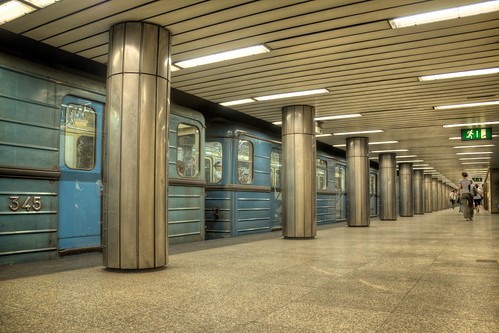
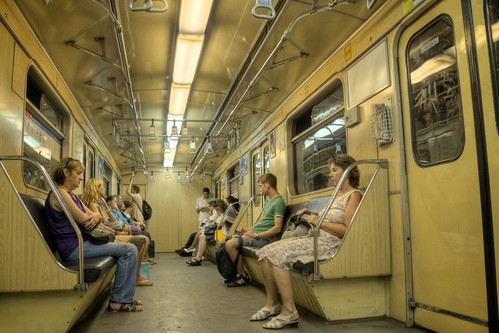
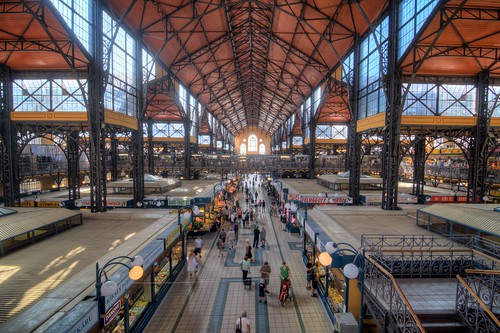

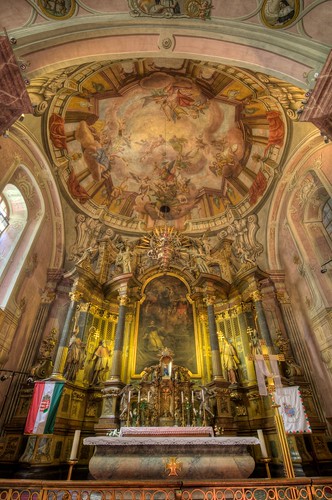
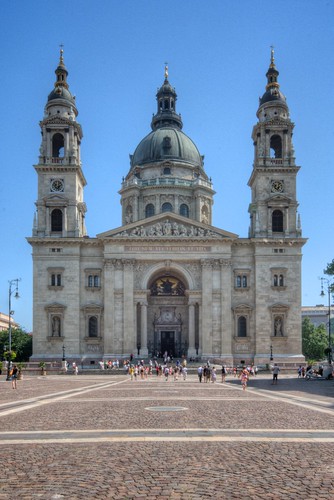
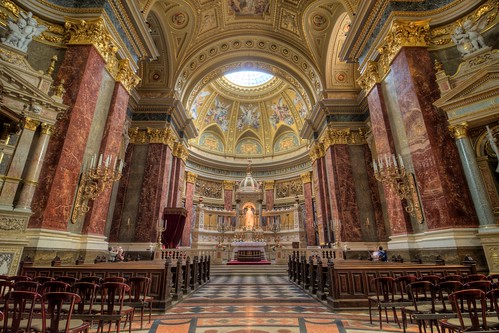
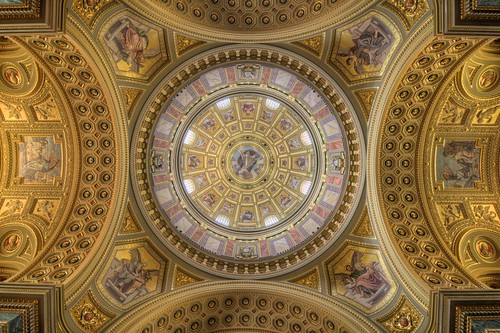
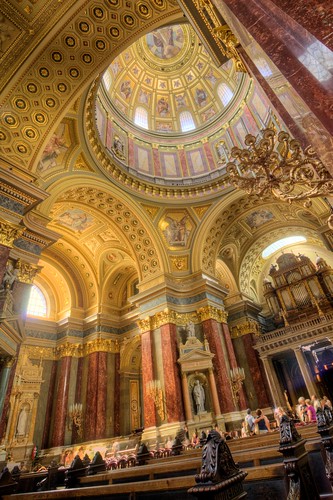
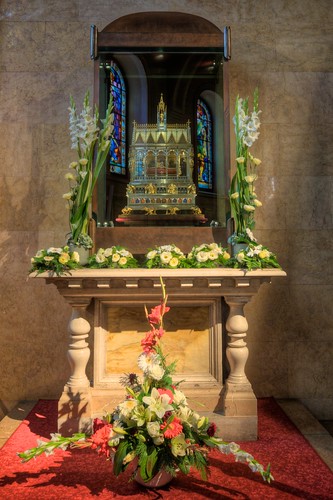
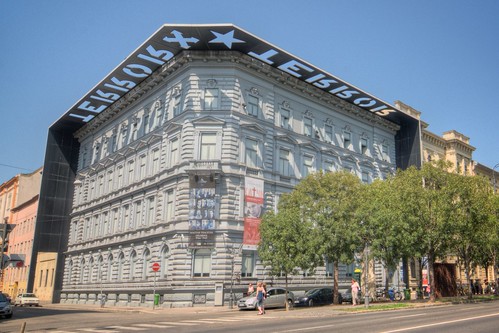
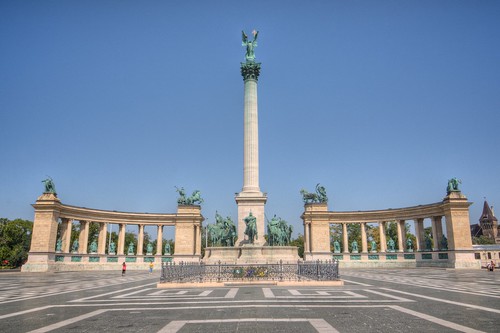
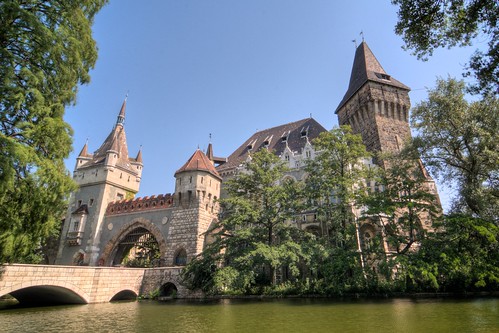
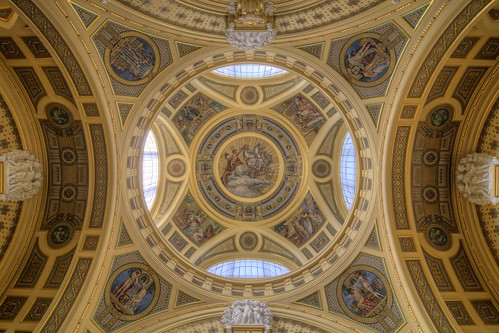
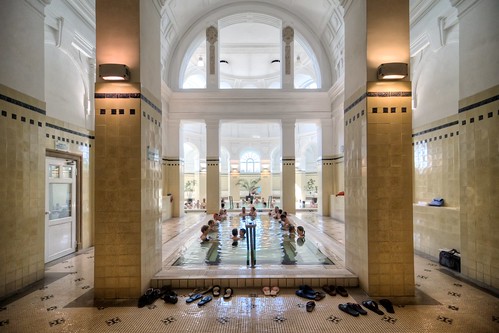
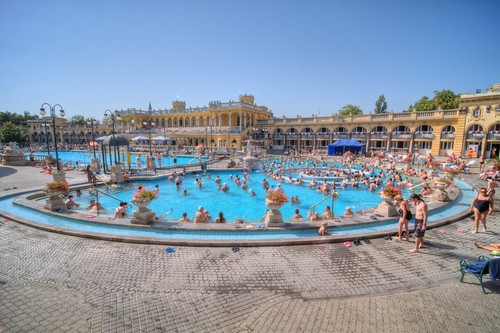
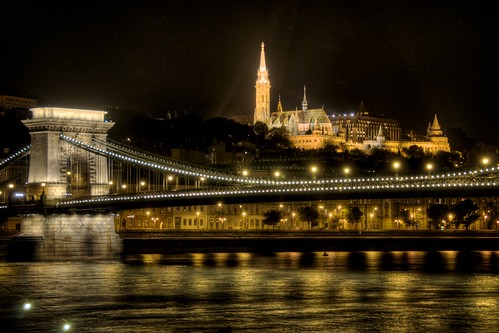
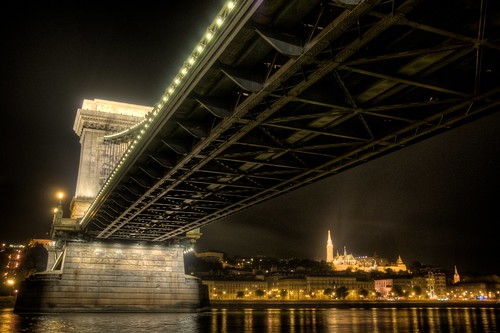
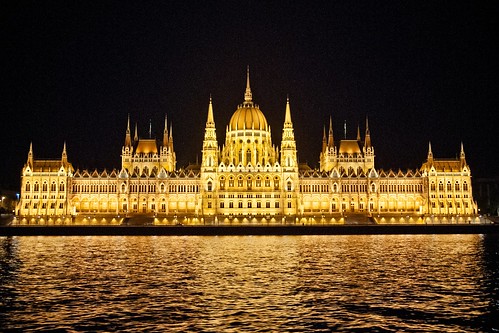
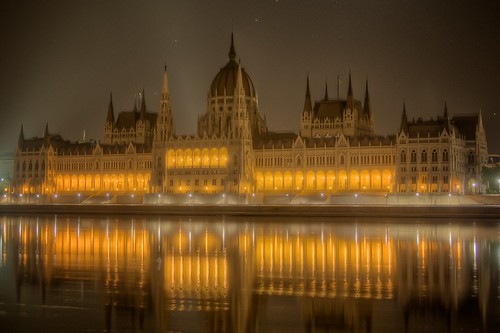
 My name is Jeff. I'm a
My name is Jeff. I'm a